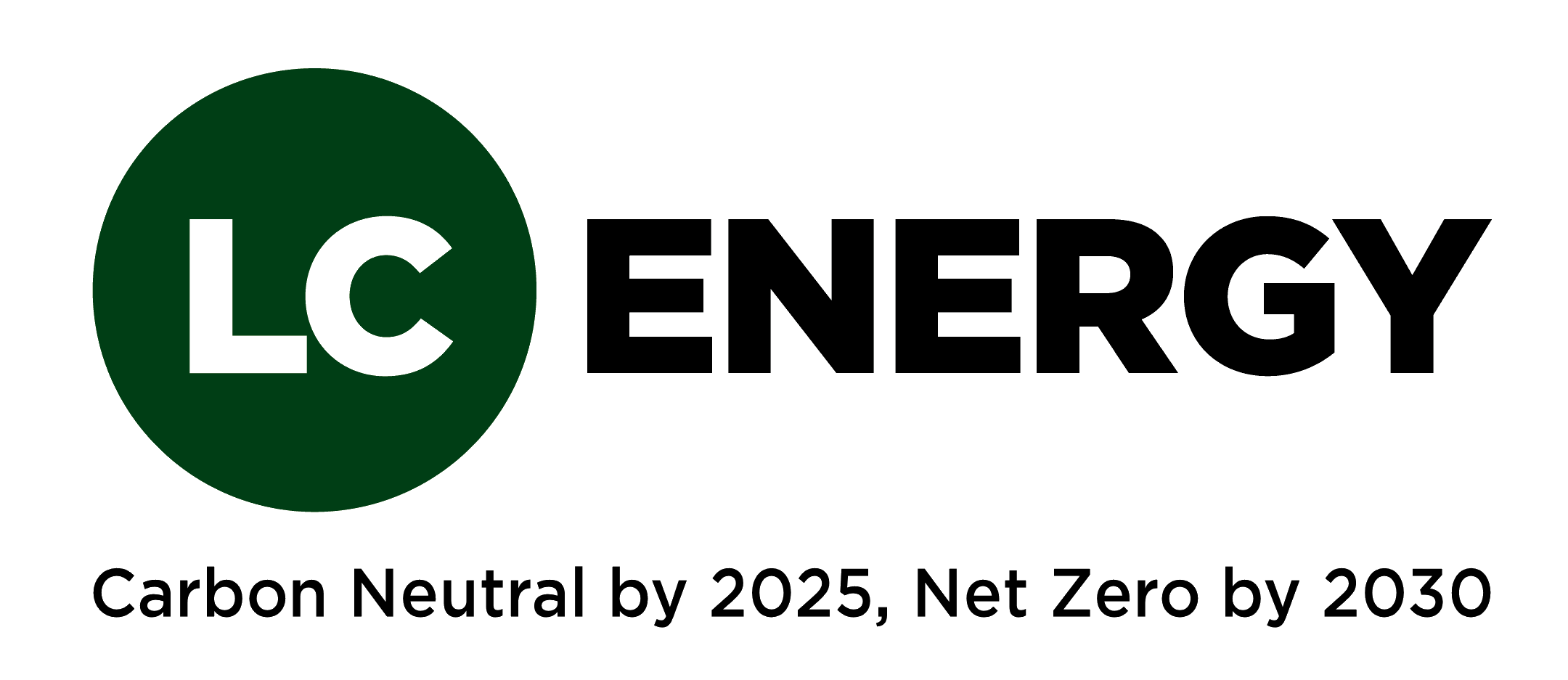Extremely interesting article on Heathrow reducing carbon emissions from energy use by 19% and has implemented other clean energy initiatives, but John Holland-Kaye insists there’s still much more to be done to decrease environmental impact.
John Holland-Kaye, CEO of Heathrow Airport, in Terminal 2. Photograph: Daniel Lynch
Most of us fly, and many of us do so from Heathrow – but we’re all too ware that it carries some hefty environmental costs. So what can one of the world’s largest airports do to mitigate them?
One man who should know is John Holland-Kaye, Heathrow’s CEO. Since taking up the reins in 2014, he’s been at the sharp end of the debate over a third runway. But – and perhaps not unrelated – he’s also been keen to stress his commitment to a greener airport.
So I asked him if there is anything he can do to tackle aviation’s high carbon emissions – most of which, after all, happen way up in the air, outside his remit. “Yes”, he says, “we can and do incentivise newer aircraft, such as the Airbus 350, which have lower emissions”, by increasing landing fees for dirtier models. And as part of the Air Transport Action Group, he’s a strong backer of the outline plans by the International Civil Aviation Organisation to introduce a mandatory carbon offset scheme among all its member airlines. The aim is to ensure that all growth in aviation from 2020 onwards is carbon neutral.
“The days of ‘aviation exceptionalism’ are over”, he says (referring to the widely discredited claim by some in the industry that it should be excused responsibility for carbon emissions as there are no feasible low-carbon fuels available.)
Back on the ground, Heathrow has launched an array of clean energy initiatives to cut its own carbon, including rooftop solar power and a biomass combined heat and power plant, which runs on woodchips sourced from forestry waste within 100 miles of Heathrow, including from nearby Richmond Park. Among its uses are to recharge the airport’s pioneering driverless pods, which shuttle passengers from the long stay business car park to terminal 5. Electric power on the tarmac ensures aircraft don’t need to run their engines to keep on board systems operating.
Together, these and other initiatives have helped reduce carbon emissions from energy use by 19% since 1990 – a little over halfway towards a (fairly stretching) target of 34% by 2020.
So what of the remaining, unavoidable, emissions: will they consider offsetting? “It’s possible”, says Holland-Kaye. “We’re exploring options here; we want to make sure we get it right.”
Meanwhile, it’s cutting water use too, introducing borehole water in new facilities such as Terminal 2, and sending rainfall runoff to a reedbed treatment system which doubles as wildlife habitat. The airport’s extensive grasslands, too, are managed to be wildlife-friendly – though with a few exceptions. “We try to make them unappealing to voles and other creatures which can attract birds of prey, to minimise the risk of bird strike.” While most planes are fitted with modifications which mean a strike doesn’t pose a risk to the aircraft, it will usually prove fatal to the bird.
Noise, of course, is a big headache – literally, for those who live below the flight path – and while the economic case has been made for expanding the airport, noise is perhaps one of the biggest obstacles to Heathrow winning the third runway debate. As well as encouraging quieter planes, it’s investing in sound insulation for local communities, particularly schools. It’s even providing thick-walled adobe play spaces for schoolchildren, designed to allow “outdoor” play without being deafened by aircraft. Holland-Kaye is proud of the fact that some of the best performing schools in the country are located close to the airport.
On transport, he’s targeting a 45% share of all journeys to be on public transport, thanks both to the dedicated Heathrow Express line and support for new rail and bus links including Crossrail in 2019 and a new direct rail route from Reading and the west by 2024. Cycling, too, is on the agenda. The airport’s just hired its first cycle officer, and is talking to bicycle manufacturer Brompton about introducing a hire scheme for folding bikes.
So what about a cycle superhighway from the centre of London? It’s nice flat terrain all the way, and a reasonably fit rider on a segregated track could do the journey in little more than an hour. “It’s an interesting idea”, he responds, adding that they’re also looking at a cycle route along the canal near Slough. With London Mayor Sadiq Khan backing an extension of the superhighway network from Paddington to Acton – just nine miles from Heathrow – it’s an idea which might gain more traction.
Like all airports, of course, Heathrow has a sizeable and captive audience of passengers passing through. While obviously its main aim is to shepherd them calmly to flights (while allowing them lavish chances for retail therapy en route), it raises the tantalising opportunity for some gentle sustainability communication, too. How about giving them an easy means of offsetting the emissions from their flights, for example?
“It’s possible”, Holland-Kaye responds. “We could certainly do more here. And we could do better at helping people do simple things like recycling, too.” He’s pleased with a new scheme which allows passengers to refill their water bottles after passing through security – just pouring away the liquid rather than surrendering the bottle. Small stuff, maybe, but he hopes it’s symbolic of a stand against throwaway culture.
Throughout our conversation, Holland-Kaye is quick to insist he doesn’t have all the answers. “We’re on a journey – there’s plenty of work still to do.” But he’s encouraged by the appetite for sustainability among his senior managers – not all of whom realised their enthusiasm would even be welcome. “We had Sally Uren of Forum for the Future come to talk to them. She was really inspiring. Afterwards, a couple of them came up to me and said, ‘That was wonderful: I’ve often wanted to suggest we should do more here, but I didn’t know if I was allowed to.’”
Article sourced from The Guardian


